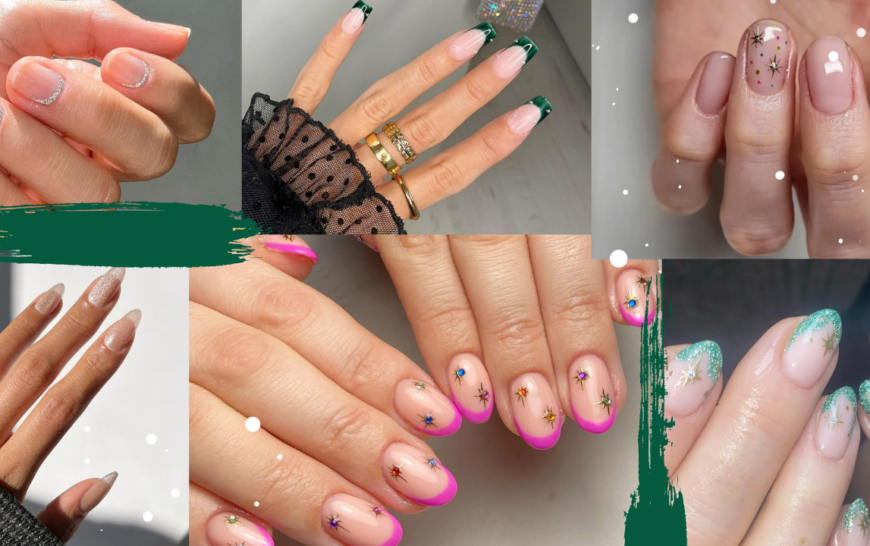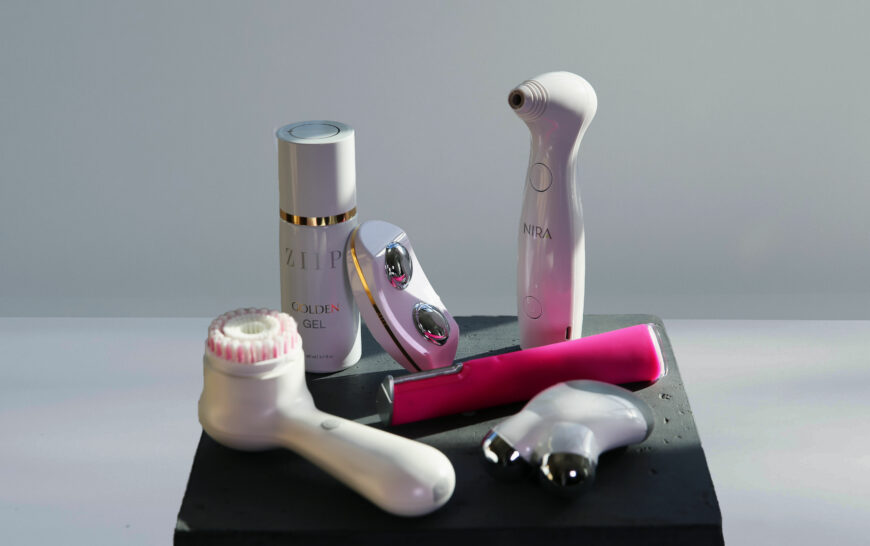
Although we weren’t exactly blessed with a summer of hot, sunshine soaked days and the risk of sunburn every time we stepped foot out the door, dermatologists would (quite rightly) wag their (perfectly cared for) fingers and insist that looking after your skin is a top priority no matter the forecast. One aspect of skin health that can be easy to bypass or blissfully ignore is our friendly moles- no not the black velvety mammal, we’re talking the small brown spots or growths on the skin.
In most cases, these pops of personality on the skin are harmless and can happily exist for life without causing any issues, however on occasion, Melanoma (or skin cancer) can begin as a mole, making it essential to keep tabs on your skin’s activity. Whilst it might seem difficult to tell the difference between an a-okay versus problematic mole, there are a few tell-tale signs to look out for that can either offer peace of mind or a sign to head to the GP.
The skin is our largest organ so let’s get familiar with keeping it as healthy as possible:
First things first, what is a mole?
A mole, or melanocytic nevus, is a cluster of pigmented cells made up of melanin that mostly appear on the skin during childhood and adolescence and are ordinarily harmless. They are typically flat and round and the quantity of moles one has can increase as you get older as a result of factors such as sun exposure. Moles can appear everywhere on anywhere on the body, be it in your eyebrows, underarms of belly button, these little oval friends can be few and far between or populate much of someone’s skin- the most important thing is monitoring changes in your mole activity as time passes.
Common and normal moles are usually no more than 1/4 inch (about 6 millimetres) in diameter and are smooth with a distinct edge. They are usually even in colour and can appear in tan, black, red or pink, but are most commonly brown.
Reasons new moles may typically appear:
- Ageing
- Fair skin and light or red hair
- Family history of atypical moles
- Response to drugs that suppress your immune system
- Genetic mutations
- Sunburn, sun exposure, or tanning bed use
When can a mole become cancerous?
The most important warning sign of melanoma is a new spot on the skin or a spot that is changing in size, shape, or colour. Another tell-tale sign can be a mole that significantly differs from your other mole patterns and habits, making it important to keep an eye on your skin regularly if you have a fair complexion, red or blonde hair or are prone to developing new moles more frequently.
Exposure to UV rays, be it outdoors in the sun or from using sunbeds, is the number one cause of new moles appearing as a result of the genetic damage it causes to our skin. Staying in the shade or wearing SPF every time we’re exposed to the sun is essential for protecting us against the development of cancerous moles.
How often should we check our moles?
Most moles do remain consistent in size, colour and appearance, however checking them to ensure this is the case puts you one step closer to overall positive skin health. Dermatologists recommend checking your moles at home every one to three months, and similarly to checking your boobs this could conveniently be done after a shower using a mirror. Keep an eye out for any that appear larger, discoloured, asymmetrical or without clear borders.
The following ABCDE guide can help you determine if a mole might indicate melanoma:
A is for asymmetrical shape. One half is unlike the other half.
B is for borders. Look for moles with irregular, notched or scalloped borders.
C is for colour. Look for growths that have changed colour, have many colours or have uneven colour.
D is for diameter. Look for new growth in a mole larger than 1/4 inch (about 6 millimetres).
E is for evolving. Watch for moles that change in size, shape, colour or height, especially if part or all of a mole turns black. Moles may also evolve to develop new signs and symptoms, such as itching or bleeding.
It’s important to remember however that any change in the shape or size of moles is worth noting, even if it doesn’t fit the above format. Be vigilant people!
To see examples of normal moles and melanomas, visit the Skin Cancer Image Gallery on the American Cancer Society website.
What happens at a skin/mole screening?
A screening is quick, painless and isn’t something to be worried about. If you have a particular mole, area of skin or growth that you’re concerned with then your doctor or dermatologist will likely start here, however will also typically check the rest of your body too- from face, chest, arms to less visible spots like your scalp too.
Doctors may then take a tissue sample to send to the lab, and depending on the results may then remove the mole completely.

Removing troublesome moles…
Mole removal, whether for cosmetic reasons or for a problematic mole, is a simple surgery that will likely be completed in one of two ways: a surgical excision or a surgical shave.
Surgical excision: Once the area is numbed, doctors will use a scalpel or a sharp, circular blade to cut out the mole and some healthy skin around it before stitching the area closed.
Surgical shave: After numbing the area, your doctor will use a small blade to shave off the mole and some tissue beneath it. Stitches aren’t usually needed for this method meaning scarring can be more minimal.
Tips for keeping your skin as healthy as possible:
Wear a minimum of SPF15 at all times on your body and higher on your face every day, even in winter, baby!
Moles on the scalp aren’t as common, but they can occur. Wearing a hat in extreme heat can help protect this delicate skin.
The sun’s rays are strongest between 10 a.m. and 4 p.m. so it’s wise to avoid direct sun exposure during this time to protect your skin. A study published in December 2011 estimated that around 86% of malignant melanomas in the UK in 2010 were linked to exposure to UVR from the sun and sunbeds (Nuffield Health).
And last but not least, remember to check your skin regularly and keep a skin diary to monitor any changes. Apps like UMSkinCheck allows users to do a complete skin cancer exam and track changes over time, whilst also offering helpful advice on how to perform a skin exam properly.





